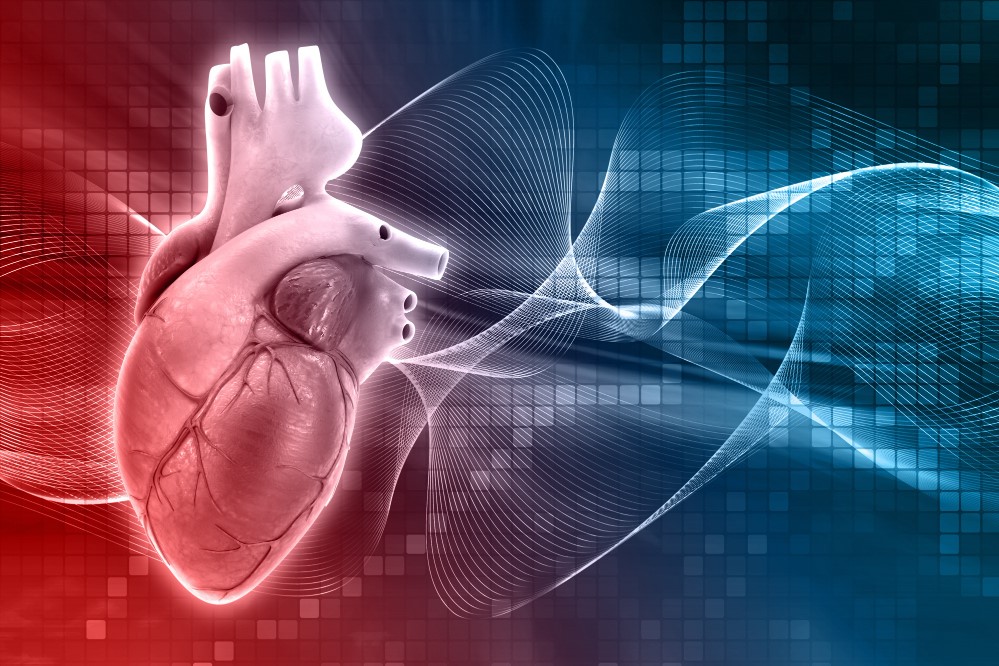
Cardiomyopathies: types, diagnosis and treatment
Cardiomyopathies are a group of primary diseases of the heart that are associated with impaired functioning of the heart muscle without it being caused by a disease or malfunction of some other cardiac structure
For this reason, the term cardiomyopathy excludes cases of heart muscle disease due to infarction, high blood pressure or valve disease.
Cardiomyopathies are relatively common in the general population and account for a significant share of total cardiovascular disease and mortality.
For example, hypertrophic cardiomyopathy is the most common cause of sudden deaths occurring under the age of 35, and dilated cardiomyopathy, together with ischaemic heart disease, is the condition for which cardiac transplantation is most frequently required.
Classification of cardiomyopathies
Cardiomyopathies are classified into four main groups.
- Dilated cardiomyopathy
- Hypertrophic cardiomyopathy
- Restrictive cardiomyopathy
- Cardiomyopathy/arrhythmogenic right ventricular dysplasia
Dilated cardiomyopathy
This is the most common form of cardiomyopathy.
It is characterised by dilation and reduced contractility of the heart.
On microscopic examination, the heart cells often show a degree of hypertrophy with a higher than normal proportion of fibrosis.
Dilated cardiomyopathy is more frequent in male subjects, and the incidence of the disease increases with age.
It can be classified as idiopathic (when the cause remains unknown), familial/genetic, viral and/or immune, alcoholic/toxic (this form, due to alcohol, drug or medication abuse, may be reversible).
Dilated cardiomyopathy is a relatively common cause of heart failure in the Western world.
Affected individuals may remain asymptomatic until signs of heart failure appear, which often has a progressive course.
Arrhythmias (e.g. ventricular arrhythmias, potentially very dangerous if they cause loss of consciousness, and atrial fibrillation) and thromboembolic events are also frequently observed; all these complications can occur at any stage of the disease.
Familial cardiomyopathies are defined as those clinically proven to occur in at least two members of the same family
Surveys conducted on various populations have shown that familial cardiomyopathies are much more common than expected.
The presence of familiality in dilated cardiomyopathy indicates the fundamental role played by genetic factors.
Based on current knowledge, a genetic cause can be identified in 25-50% of cases of dilated cardiomyopathy.
It has been calculated that family members of patients with dilated cardiomyopathy have a significantly higher risk of the disease than the general population.
The identification of a hereditary transmission in dilated cardiomyopathy indicates that in certain cases the cause of the disease is due to a mutation in a gene that has a critical function for the heart muscle.
The study of a family with dilated cardiomyopathy is based on the clinical, electrocardiographic and echocardiographic examination of all first-degree blood relatives of affected relatives.
Monitoring should be repeated over time (at least every 2-3 years) even in healthy relatives, to rule out late clinical presentation forms of the disease.
In some cases dilated cardiomyopathy is associated with a skeletal muscle disease (e.g. some forms of muscular dystrophy).
Recognition of a condition in which cardiomyopathy is part of a neuromuscular disease is fairly straightforward, however, there are numerous cases in which the skeletal muscle impairment is only subtle and diagnosis may be more difficult.
Hypertrophic cardiomyopathy
It is characterised by enlargement (= hypertrophy) of the left ventricle and/or the right ventricle.
The hypertrophy is characteristically asymmetric (it is greater at the interventricular septum) and the ventricular walls are very thickened (parietal thicknesses > 15 mm).
The volume of the cardiac cavities is typically normal or reduced and a pressure difference between the heart (left ventricle) and aorta (obstructive forms) can be detected.
The pump function of the heart is initially almost intact, but hypertrophy makes the heart walls stiff and in some cases there may be a dilatative development with reduction of the pump function of the heart.
The disease is genetically determined and transmitted in an autosomal dominant manner; it is caused by mutations in the genes that regulate the synthesis and function of the contractile proteins of the heart muscle.
The clinical picture is characterised by a more or less pronounced degree of functional limitation, by arrhythmias, which are potentially very dangerous, especially in younger patients, and, late and only in a subgroup of patients, by the onset of progressive refractory heart failure.
Read Also:
Emergency Live Even More…Live: Download The New Free App Of Your Newspaper For IOS And Android
Percutaneous Transluminal Coronary Angioplasty (PTCA): What Is It?
Ischaemic Heart Disease: What Is It?
EMS: Pediatric SVT (Supraventricular Tachycardia) Vs Sinus Tachycardia
Paediatric Toxicological Emergencies: Medical Intervention In Cases Of Paediatric Poisoning
Valvulopathies: Examining Heart Valve Problems
What Is The Difference Between Pacemaker And Subcutaneous Defibrillator?
Heart Disease: What Is Cardiomyopathy?
Inflammations Of The Heart: Myocarditis, Infective Endocarditis And Pericarditis
Heart Murmurs: What It Is And When To Be Concerned
Clinical Review: Acute Respiratory Distress Syndrome
Botallo’s Ductus Arteriosus: Interventional Therapy
Heart Valve Diseases: An Overview


